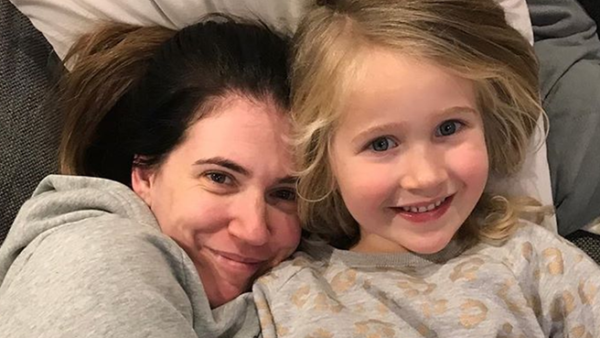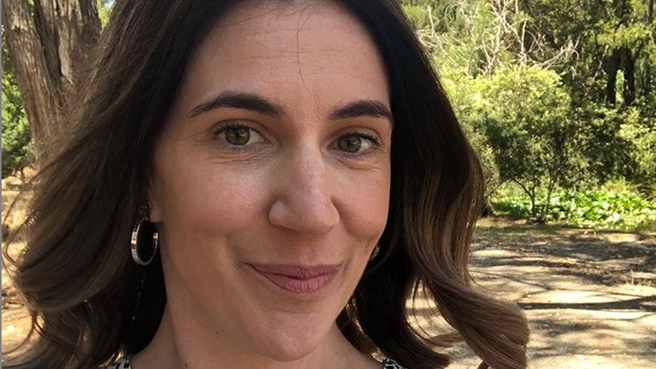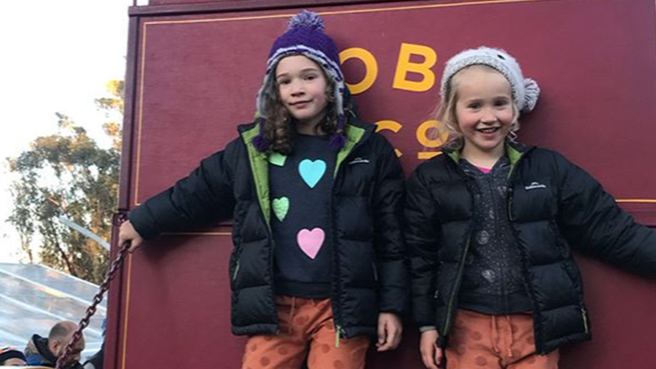

It seems like a lifetime ago when I would walk around, always carrying my small notebook and a pen.
Warning: This post deals anorexia and eating disorders and may be triggering to some readers.
Inside it was a list of every food I had eaten that day, every drink I’d consumed, it was my most important possession, my food diary.
Next to each item on the list was a number, it represented how many calories each food or drink I had consumed consisted of. 700 was my magic number — I could never go over this — not even one calorie more.
On a separate list, in the second half of the notebook was how much exercise I had completed that day and most importantly, how many calories I had burned while doing it.
Not until the exercise has surpassed my food intake could I go to bed, usually completely exhausted, depleted, cold and still unhappy.

My battle with anorexia in my early teens lasted about a year and nearly led me to being hospitalised. In hindsight, I probably should have been. I was skeletal and ironically, I had never been unhealthier.
Despite me thinking skinny was the epitome of health, the reality was, it wasn’t. It isn’t. During this time of my life, food was my enemy and food was bad.
It was what made people fat and fat was most definitely not okay. Food was the thing people mocked others about and fat was the thing people were not supposed to be. It was unhealthy, looked down upon, ugly and disgusting.
Although my eating disorder and food obsession peaked two decades ago, last week the feeling I had felt all those years ago — a combination of dread, fear and devastation — came rising back up.
READ MORE: This Is The First Year I’m Not Frightened Of Easter
The moment occurred when I read that Weight Watchers had released an app, a diet app, for kids. Not only did alarm bells start ringing because of my own history but because I am now a parent with two young daughters.
The app called is “a diet app aimed at kids as young as eight-years-old,” Lecturer of Food Science and Human Nutrition at the University of Newcastle, Emma Beckett told 10 daily.
“It uses a ‘traffic light’ system to categorise or rate foods. The app encourages eating green light foods, watching intake of orange light foods and avoiding red light foods,” she explained.
At first glance this traffic light method, that the app utilises (and used within many other weight loss programs) seems somewhat sensible.

Green represents fruit and veggies, proteins and pasta are yellow lights and red is processed or sugar-laden foods. But as you look a bit deeper, problems and issues quickly start arising.
“Normal milk is a red-light food, which is ridiculous. Milk is a good source of protein, calcium and vitamin D. It’s not something to be avoided,” Beckett said.
“Avocado is a red light too apparently, too much fat? Like all fats are the same?”
READ MORE: Shorten: Eating Disorders Are A ‘National Crisis’ And It’s Time Morrison Admits It
Alarmingly, Beckett shared an experience of a dietitian who actually made a fake account of a 14-year-old girl and entered only eating green vegetables.
“The app gave her all encouragement and green lights and told her how well she was doing,” she said.
Looking at Kurbo from a parental perspective and from a past sufferer of an eating disorder, the danger of the app in developing a detrimental relationship between young people and food is horrifyingly real.
Beckett agrees, stating: “There are huge concerns that this app will promote a poor relationship with food. It could increase the risks of disordered eating, eating disorders, low self-esteem and other mental and physical health issues.
The clinics that use the traffic light system in kids already, also have counselling and face-to-face consultations. This means the practitioners can screen for those at risk and look for red flags. Apps don’t do that.
The idea that Kurbo promotes labelling food into categories, good and bad, is not healthy in any way – not physically, not emotionally and not psychologically.

From my experience, labelling food like this was the spark that lit the fire of my eating disorder. It positions food as a potential enemy — rather than viewing it as it actually is — a substance that is a source of nutrition, energy and fuel for us to live.
“By treating individual foods as good or bad, and focusing on weight, not nutrition, it sets kids up to have a bad relationship with food,” Beckett warned.
This is only going to have consequences for future dietary habits, whether that’s future disordered restriction or future shame and guilt. This app will teach kids that foods are wrong, that their bodies are wrong, both in size and teaching them not to listen to their hunger.
From Beckett’s experience, the ramifications of this are severe and she worries the app will create more disordered eating and eating disorders.
“Disordered eating is a spectrum (anorexia, atypical anorexia, bulimia, binge eating disorder, and other eating disorders) it’s not just the extreme ends of the spectrum and dramatically underweight people that will suffer physical and mental health consequences,” she said.
The reality is, no individual food is good or bad and Kurbo makes me justifiably worried for the future of any children using it.
If this has raised any issues for you, please contact on 1800 334 673.
Featured image: Supplied
